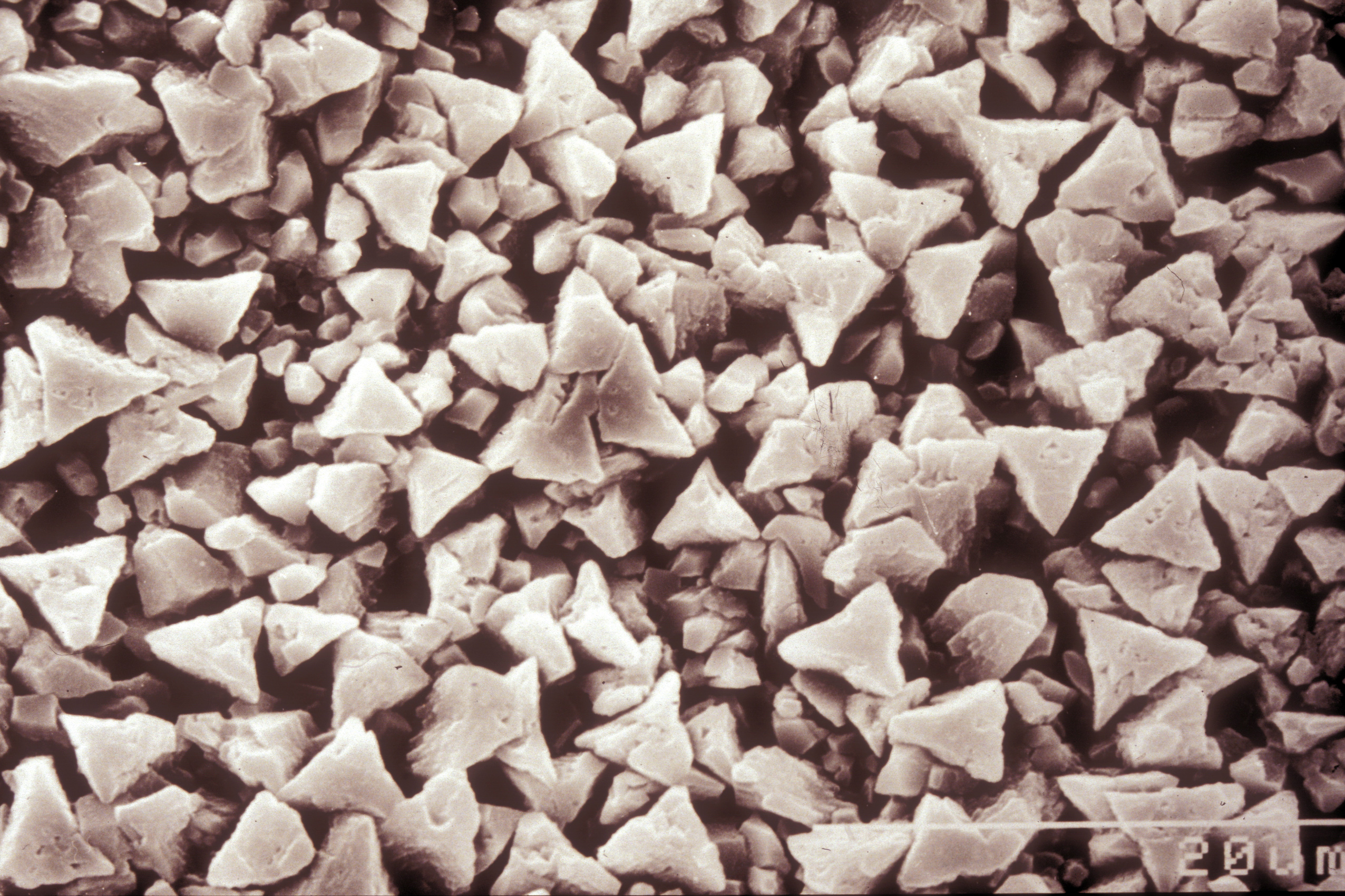Talk:Calcite
Authors: Hans-Jürgen Schwarz , Nils Mainusch
zurück zu Carbonate
{
| Calcite[1][2] | |

| |
| Mineralogical name | Calcite |
| Chemical name | Calcium carbonate |
| Trivial name | Calc spar |
| Chemical formula | CaCO3 |
| Other forms | CaCO3•H2O CaCO3•6H2O |
| Crystal system | trigonal |
| Crystal structure | |
| Deliquescence humidity 20°C | |
| Solubility (g/l) at 20°C | 0.014 g/l (25°C) |
| Density (g/cm³) | 2.72 g/cm3 |
| Molar volume | |
| Molar weight | 100.09 g/mol |
| Transparency | transparent to opaque |
| Cleavage | perfect |
| Crystal habit | |
| Twinning | |
| Phase transition | |
| Chemical behavior | |
| Comments | well soluble in 2M HCl |
| Crystal Optics | |
| Refractive Indices | no = 1.658 ne = 1.486 |
| Birefringence | Δ = 0.172 |
| Optical Orientation | negative |
| Pleochroism | |
| Dispersion | |
| Used Literature | |
| {{{Literature}}} | |
Occurrence of calcite
[edit]
Calcium carbonate as a natural mineral occurs in the form of calcite and aragonite. Apart from these two modifications, the unstable modification vaterite can be detected in bone, but transforms into calcite under normal conditions.
Calc-spar is a very pure deposit of calcium carbonate. Calcium carbonate as a binder for mortars or paints can be of organic and inorganic origin. A special characteristic of calc-spar, the strong birefringence was discovered and scientifically explained by C. Huygens in the 17th century.
Information concerning the damage potential and weathering activity of calcite[edit]
Solubility[edit]
Calcite is hardly soluble in water. The influence of temperature on solubility is low. However, if water contains CO2, the solubility increases considerably.
| 18°C | 25°C |
| 0,015g/l | 0,014 g/l |
The system CaCO3– H2O:
Both known hydrate stages of calcium carbonate only exist under special circumstances and dehydrate under normal ambient air-conditions.
Microscopie
[edit]
Laboratory examination:
Calcite is only slightly soluble in water, therefore recrystallization cannot be initiated.
Refractive indices: n0 = 1.658, nE = 1.486
Birefringence: Δ = max. 0,172
Crystal class: trigonal
Polarized light microscopic examination:
Calcite crystals originating from lime mortar, plaster or paints are usually very fragmented and morphological characteristics are rarely clearly identifiable with light microscopy. In samples Calcite rather appears as a kind of matrix of fine, rounded particles, in which developed tabular rhombohedra, a characteristic for calcite, rarely appear.
If calcite sample materials stems from another source than calc-spar, e.g. chalk or muscles, then significantly larger equidimensional particles can appear. Strongly elongated particles, laths, needles or crystal aggregates do not appear.
The very high birefringence leads to interference phenomena, even with very small particles. In addition the strong relief changes are very noticeable, especially when using an immersion medium with a refractive index near nO – value of 1,658. Since calcite is optically uni-axialll, independent of the orientation and the viewing direction in one of the two normal positions it always displays a fixed refractive index value, being effective at nD = 1,658.
Possible mistakes:
Calcite is clearly identified, if the following characteristics are recorded:
- calcite is slightly soluble in water
- acid sensitive
- very strong birefringence
- high relief in most immersion media
- when using an embedding medium with a refractive index of 1,662 it reveals a strong relief change, wherein a crystaldddddddddisappearsfractive index is effective
- only parallel and symmetrical extinction is observable
| Salt phase | Distinguishing features to calcite |
| Dolomite MgCa(CO3)2 | Both indices above 1.5 |
| Magnesite MgCO3 | Both indices above 1.5, no- Index with 1.7-1.719 significantly higher than calcite. |
Calcite in Pictures[edit]
Under the scanning electron microscope (SEM)[edit]
Weblinks
[edit]
- ↑ http://webmineral.com/data/Calcite.shtml viewed on 09/06/2011
- ↑ http://www.mindat.org/min-859.html viewed on 09/06/2011
Literatur[edit]
There were no citations found in the article.
SLeithaeuser 09:41, 24 February 2012 (CET)
